Bristlecone and Glacier Trail
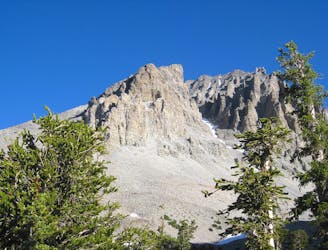
Ponder the passage of time among ancient and enduring trees, and witness an age-old glacier that may be on its way out.
Moderate Hiking
- Distance
- 7 km
- Ascent
- 308 m
- Descent
- 308 m

Walk among trees that have stood for millenia, and view a glacier that may be in its twilight years.
Hiking Moderate, Difficult

Great Basin, located in a remote area of Nevada, is a national park that flies under many peoples' radar. The park covers a portion of the Snake Range, which on a map appears as one of many mountain chains in the Basin and Range province of the Southwest USA. The mountains of Great Basin National Park are exceptional, though, for their height exceeding 13,000 feet and their diversity of life and geology, including ancient trees and a lonely glacier.
A top activity in Great Basin is touring the Lehman Caves, which are caverns of limestone with countless passages and stunning formations, but hiking above ground is the way to see the rest of the park’s wonders. These mountains are home to some of the world’s oldest trees––bristlecone pines. One tree from the park was aged at more than 4,900 years old! You can find these gnarled ancients anywhere near the timberline, but the best place to view them is on the Bristlecone Pine Trail. This trail also continues up to Wheeler Peak Glacier, a small and shrinking mass of ice and rock, which is the only glacier in Nevada.
Wheeler Peak is the park’s highest mountain, at 13,063 feet. The park’s most challenging trail is the Wheeler Peak Trail to its summit. Besides that, a less strenuous hike with tantalizing views of the peak can be found in the Alpine Lakes Loop. Other mountains and canyons of the range can be explored on the Baker and Johnson Lakes Loop or the remote trail to Lexington Arch.
Most people visit Great Basin National Park in the summer or fall, when the Wheeler Peak Scenic Drive is open to the top. It typically closes for snow from November to mid May, during which time the only access to the park’s main trails is by a longer hike, snowshoe, or ski. Summer usually brings comfortable daytime temperatures and good weather, though afternoon thunderstorms are not uncommon. You might have to end your hike early if the weather turns bad at the higher elevations. Though summer is when most people visit, fall may be the best time to hike in Great Basin. By then, the wildflowers have faded, but the aspens turn color. Fall brings cooler temperatures and the most stable weather for hiking, though wind and snowstorms are always possible.
Because of its remoteness and the chance of unfavorable weather, you should plan at least a couple of days to experience Great Basin. The park has a number of developed campgrounds, and backcountry camping is allowed in certain areas. You are also free to dispersed camp outside the park on BLM land. Let the crisp and starry nights of high-desert Nevada prepare you for days of adventure on these and other trails, hiking under alpine sunshine in the elevated realm of Great Basin National Park.

Ponder the passage of time among ancient and enduring trees, and witness an age-old glacier that may be on its way out.
Moderate Hiking
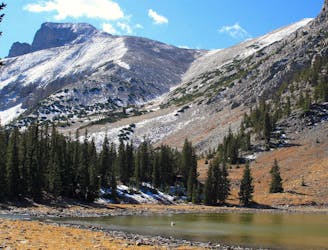
Hike among ancient trees to two tranquil lakes at the foot of Wheeler Peak.
Moderate Hiking
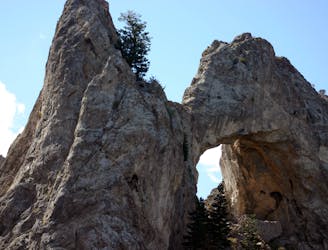
A six-story arch carved enigmatically of limestone, hidden in a remote corner of Great Basin National Park.
Difficult Hiking
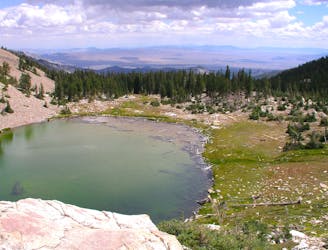
Hike through shady timber and over an airy ridge, linking two alpine lakes in the Great Basin backcountry.
Difficult Hiking
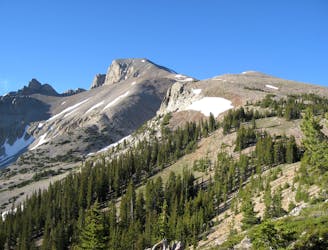
An alpine hike to the highpoint of Great Basin National Park, and the second-tallest mountain in Nevada.
Difficult Hiking
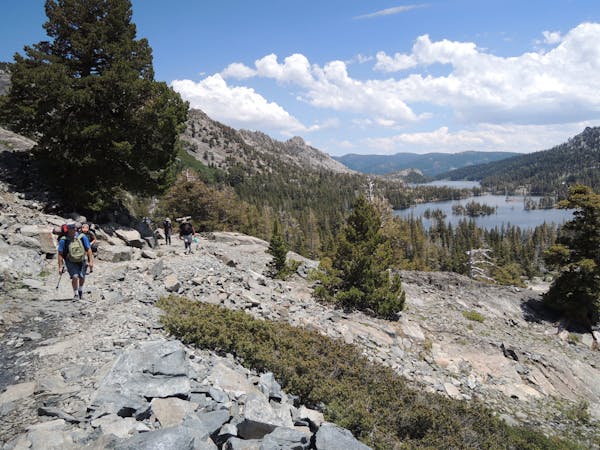
8 routes · Hiking
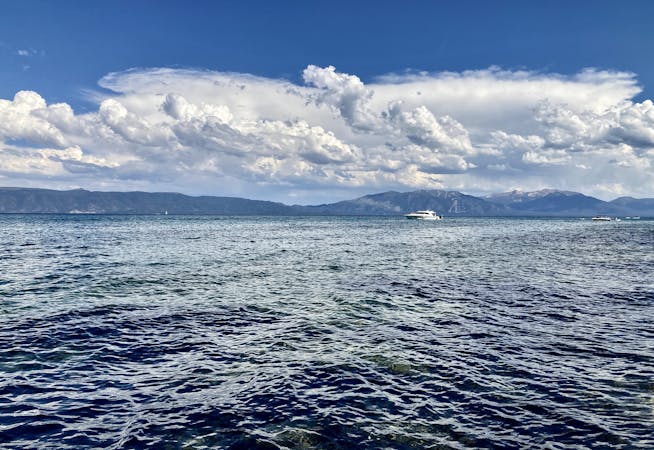
14 routes · Hiking
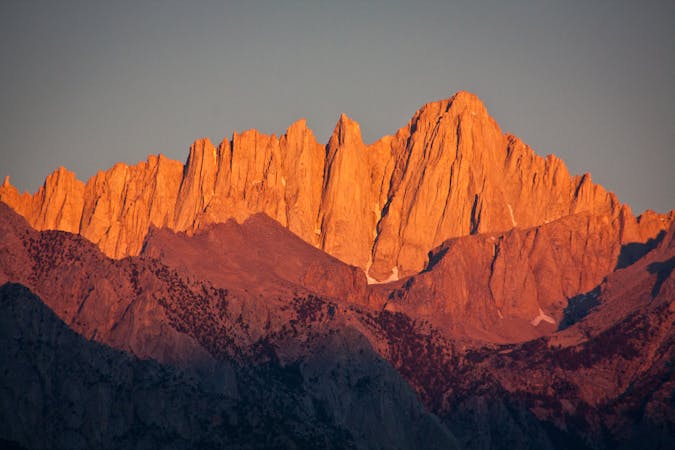
10 routes · Alpine Climbing · Hiking

5 routes · Hiking
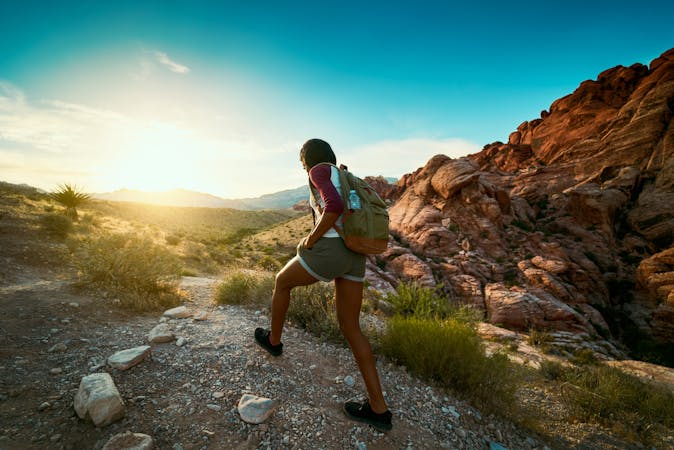
8 routes · Hiking
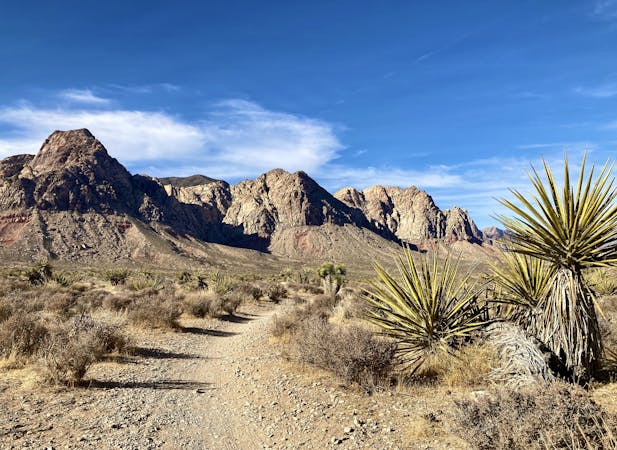
5 routes · Hiking
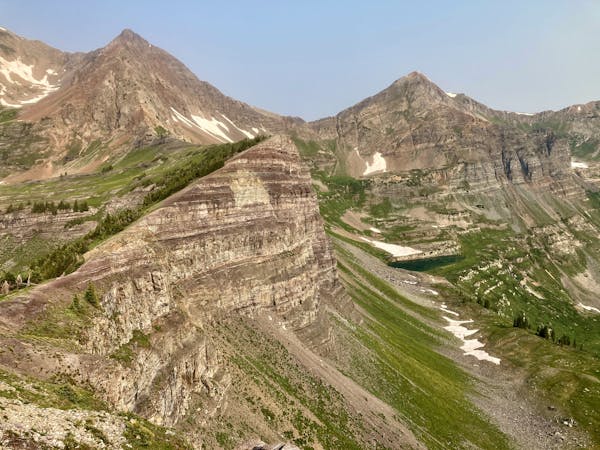
10 routes · Hiking
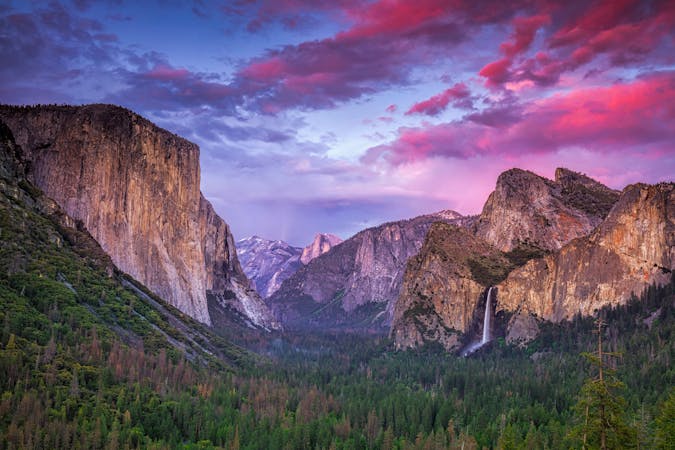
63 routes · Alpine Climbing · Hiking
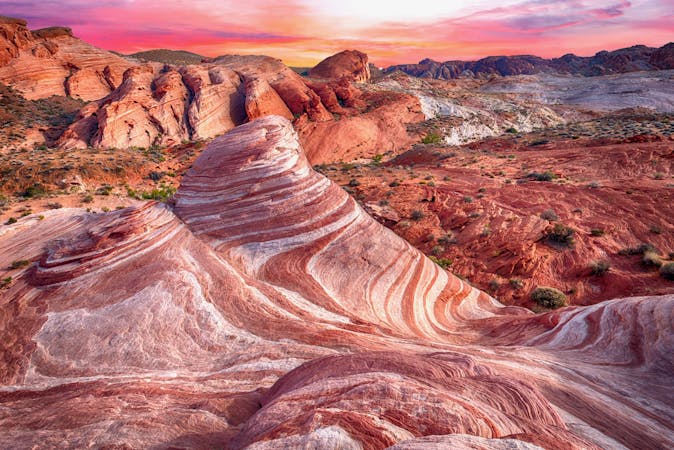
9 routes · Hiking